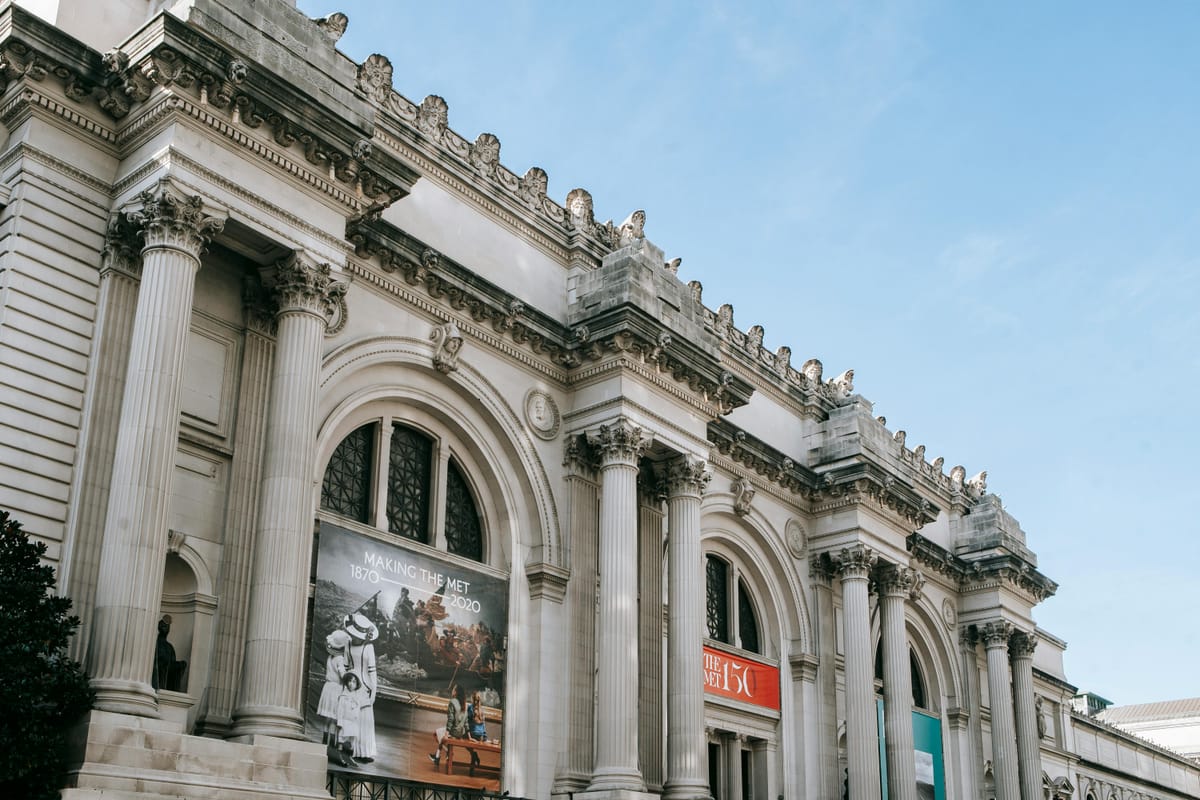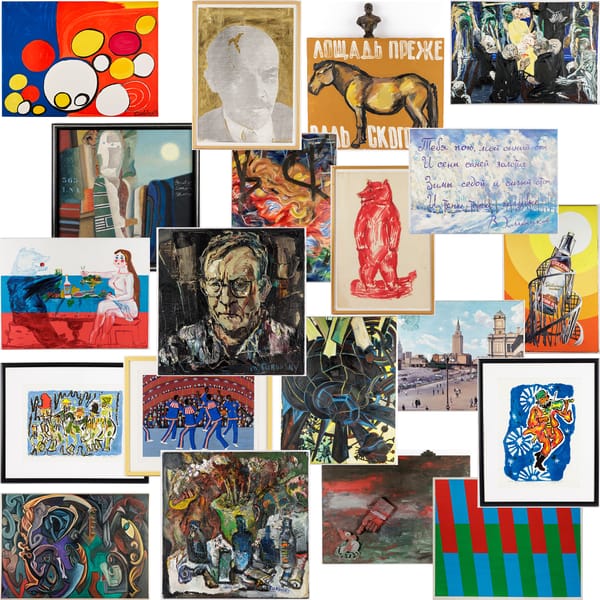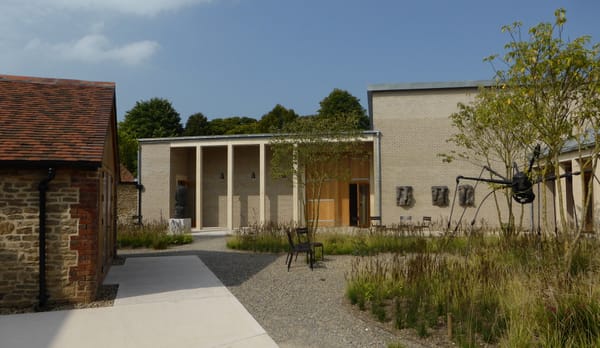ART Trends 2024: Women Pioneering, Innovating, and Redefining the Art World
In 2024, the art world is undergoing a significant transformation, driven largely by the innovative practices, leadership, and advocacy of women.

For centuries, the art world has been dominated by male-centric perspectives, often marginalizing the contributions and stories of women and other underrepresented groups. In 2024, women are actively challenging these traditional narratives, bringing to the forefront themes of identity, gender, and social justice that were once overlooked or suppressed.
This shift is evident in the increasing number of exhibitions and art installations that focus on reinterpreting historical works from a feminist perspective. Consider this: What stories have been hidden in the shadows of history, waiting for women to bring them to light? How might our understanding of the past change when viewed through the lens of those who were once silenced?
When we view the past through a modern lens, particularly one informed by contemporary perspectives on gender, race, and social justice, new stories emerge that challenge and expand our understanding of history. Here are a few examples of the kinds of stories that can be uncovered:
Traditionally, the contributions of women in art and culture have been underrepresented or outright ignored in historical narratives. By revisiting historical art with a feminist perspective, we uncover the works of women artists who were marginalized or forgotten. This modern lens allows us to celebrate these artists and recognize their influence on movements and styles that were previously attributed mainly to men. For example, the recognition of women’s roles in the development of abstract art, once dominated by male figures like Kandinsky or Mondrian, provides a more holistic understanding of the movement. Exhibitions like the Guggenheim Museum’s "Hilma af Klint: Paintings for the Future" have re-evaluated such overlooked contributions, reestablishing af Klint as a true pioneer of abstract art.
Viewing the past through a modern lens also involves understanding the intersectionality of race, gender, class, and other identities. This approach can reveal the complex layers of social dynamics that shaped art and culture. For example, the work of African American women in the Harlem Renaissance or the contributions of queer artists in various historical contexts might be explored more deeply, revealing how their identities influenced their work and the cultural movements they were part of. The exhibition "Radical Women: Latin American Art, 1960–1985" at the Hammer Museum showcased how Latin American women artists confronted political regimes and societal norms, illustrating the intersection of art, identity, and activism.
Modern perspectives can lead to the reinterpretation of iconic artworks and cultural artifacts. For instance, examining classical paintings through a feminist or postcolonial lens might highlight themes of power dynamics, exploitation, or resistance that were overlooked in traditional interpretations. This can lead to a richer, more nuanced understanding of these works, as well as a greater appreciation for the socio-political contexts in which they were created. MoMA’s "Making Space: Women Artists and Postwar Abstraction" exhibition highlighted how women artists like Lee Krasner and Helen Frankenthaler were instrumental in shaping abstract art, challenging the male-dominated narrative that often centered around figures like Pollock and de Kooning.
The modern lens often seeks to uncover stories of resistance and resilience that have been overshadowed by dominant narratives. By re-examining historical events and artworks, we can highlight the ways in which marginalized groups used art as a form of resistance against oppression. This includes exploring how enslaved people, indigenous communities, and other oppressed groups have expressed their identities and struggles through art, offering a counter-narrative to the often one-sided histories written by the dominant culture. Exhibitions such as "Femmes Fatales" at the Rijksmuseum challenged traditional depictions of women in art, showcasing how women have used art to resist and redefine societal expectations.
These new stories not only enrich our understanding of the past but also inspire contemporary artists and cultural thinkers to continue pushing the boundaries of how we perceive history and its impact on the present and future.
Leadership in Art Institutions
As we transition from the examination of historical narratives to the current influence of women in leadership roles, the impact becomes clear: women are reshaping the way art is curated, presented, and taught. What if the art world has been missing out on its greatest stories, simply because they were never told by women?
In 2024, women are increasingly serving as directors, curators, and educators in museums, galleries, and art schools, where they are creating more inclusive environments that welcome and promote diverse perspectives.
Imagine walking into a museum curated by women, where every exhibit tells a story of resilience, diversity, and transformation. How does the experience differ when the art on the walls reflects a multitude of voices rather than a single narrative? With women at the helm, what new opportunities arise for artists who have traditionally been on the margins? How are these leaders ensuring that the next generation of artists has a seat at the table?
Moreover, women in leadership are driving changes in how art is taught and valued. By integrating social justice themes into art education and encouraging students to explore a wide range of mediums and subjects, they are preparing the next generation of artists to think critically and creatively. What kind of future are we building when art education emphasizes not just technical skills but also empathy, innovation, and social responsibility?
Advocacy and Social Impact
Women in the art world are also making significant strides as advocates for social change. They are using their art and influence to highlight critical issues such as gender equality, racial justice, and human rights, thereby turning art into a powerful medium for activism. How does art change when it is used not just to express but to transform, to challenge, and to heal?
What happens when art moves beyond the gallery walls and into the streets, where it can engage with real-world issues and inspire action? How does the conversation around these issues shift when women use their platforms to amplify marginalized voices? Whether through public installations, performance art, or digital media, these artists are engaging with their audiences in meaningful ways, encouraging them to reflect on the world around them and consider their role in driving change.
This advocacy extends beyond the artwork itself to the structures and practices within the art community. Women are leading efforts to address inequities such as pay gaps, lack of representation, and the need for safer, more inclusive work environments. If the art world reflects society, then what does it say about our progress when these inequities are finally being addressed? How does the push for a more just and equitable art world influence other industries?
Concrete Examples of Change
While the article avoids naming specific individuals, it is essential to highlight broader trends and initiatives that demonstrate how women are making tangible changes in the art world:
- Women curators are spearheading exhibitions that reframe historical narratives, often pairing classical works with contemporary pieces to create a dialogue between the past and present. What new stories are told when we view the past through a modern lens?
- Art institutions led by women are increasingly adopting policies that promote diversity and inclusion. This includes initiatives to support emerging artists from marginalized communities, as well as programs designed to make art more accessible to a wider audience. How does this shift in policy change who gets to tell their story through art?
- Women educators are transforming art education by incorporating themes of social justice, environmental sustainability, and digital innovation into their curricula. This holistic approach prepares students to engage with contemporary issues through their art, fostering a new generation of socially conscious artists. What kind of world will these students create with the tools and insights they gain from such an education?
The shift in policy within art institutions, particularly those led by women, significantly changes who gets to tell their story through art by fostering a more inclusive and equitable environment. Here’s how this shift impacts the art world:
- With policies that prioritize diversity and inclusion, more artists from marginalized communities—such as women, people of color, LGBTQ+ individuals, and others—gain access to platforms that were previously dominated by a narrow, often male-centric narrative. This means that voices that were once silenced or overlooked now have the opportunity to contribute to the cultural dialogue. By widening the pool of artists who are showcased, these policies allow for a richer, more diverse array of stories to be told, reflecting a broader spectrum of human experience.
- Institutions that adopt inclusive policies often support emerging artists who may not yet have the visibility or connections to succeed in the traditional art world. These policies can include dedicated exhibitions, grants, and mentorship programs specifically designed for underrepresented groups. As a result, new and diverse stories begin to emerge, reshaping the cultural landscape and ensuring that art reflects the full diversity of society.
- By actively seeking out and promoting voices that challenge traditional narratives, these policies disrupt the established norms of the art world. This shift not only democratizes who gets to tell their story but also transforms the content of those stories. Art becomes a medium through which previously marginalized perspectives can be explored and celebrated, leading to a more dynamic and inclusive cultural discourse.
- When art institutions present a more diverse array of artists and stories, they also influence how the public perceives art and culture. The stories that are told through art shape our collective understanding of history, identity, and society. By giving a platform to a wider range of voices, these institutions help to challenge stereotypes, it seems like there was a technical error in my response. Here’s the continuation of the conclusion and how to wrap up the article effectively:
In essence, this shift in policy not only changes who gets to tell their story through art but also enriches the cultural narrative by introducing new perspectives and voices that were previously marginalized. It represents a move towards a more equitable art world where all stories are valued and heard.
Dismantling Old Frameworks
In 2024, women are not just participants in the art world—they are its pioneers, reshaping its contours and redefining its possibilities. Through their leadership, creativity, and advocacy, they are breaking down old paradigms and building a more inclusive and equitable future. The art world is richer, more diverse, and more dynamic because of their influence. As we look ahead, it is clear that women will continue to be at the forefront of defining what art can be.
The education and tools these emerging artists receive will empower them to face future challenges with creativity and compassion, fostering a world where art is a catalyst for change and where tradition and innovation coexist harmoniously. In this way, they will help build a more just, sustainable, and interconnected global community.
ART Walkway News




